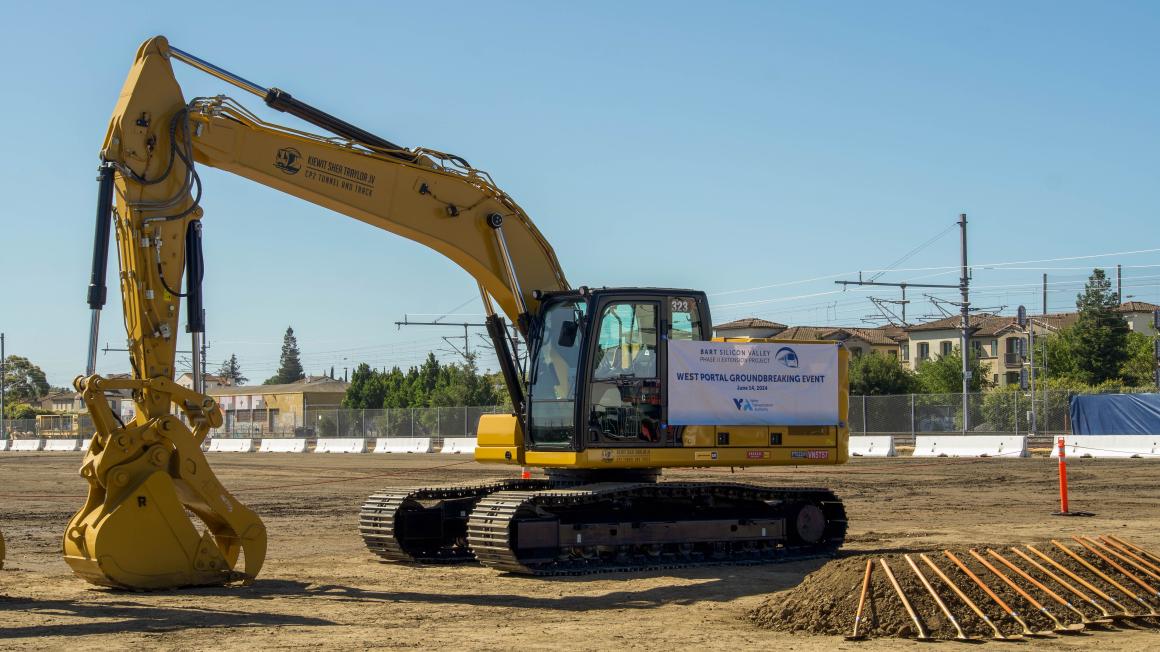VTA’s 6-mile BART Silicon Valley Extension Project made history with an extraordinary commitment of funding from the federal government. The Federal Transit Administration (FTA) committed to making available $5.1 billion in federal funds, the second largest in the history of its Capital Investment Grant program.
The project endeavors to complete the public transportation ring around the San Francisco Bay Area that residents, and voters, of Santa Clara County have supported and waited on for over three decades. VTA successfully built the first phase, with a ten-mile extension from Fremont and two stations in Milpitas and North San Jose. The second and final phase will bring four more stations, an innovative underground tunnel designed to reduce construction impacts, and an environmentally responsible way to cut back on the South Bay’s monstrous traffic, bringing people to jobs, education and myriad other benefits.
Acceptance of VTA’s BART project into the Federal Transit Administration’s (FTA) New Starts funding process does two things: it shows the level of national importance this transportation infrastructure project has in terms of mobility, and economic and environmental benefits; and it shows the trust the federal government has in VTA to successfully complete the job.
But even with the enormous state, local and federal funding commitments, there is still a gap that must be closed to fund the entire $12.7 billion dollar project. To bridge the gap, VTA continues to look at cost savings as well as seeking additional funding sources. In recent months, project leadership and its design, engineering and construction contractors have been looking at scenarios to be ready for a moment like this. Those scenarios address both design and construction, to save time and money while still maintaining the integrity of the project, and delivering the service this community is counting on. This includes looking at design efficiencies, contracting options, review of materials, innovative construction methods, , and other key project elements. In the next few months, VTA will bring forward the most promising options along with their potential savings.
Strategic contract negotiations can also help bridge this funding gap, reviewing existing professional service consultant contracts and staffing levels with the opportunity to reduce project overhead as the work advances. So far, only the initial design phase and early construction work for the tunnel and track-work contract has been awarded. VTA has further negotiation opportunities for the heavy construction work related to the tunnel and will continue to solicit open competition for the stations, rail yard and operational systems. This means further opportunities to save money.
Over the next several months, VTA will continue working closely with the FTA and its project management oversight consultant, which has guided this effort all along. A new project funding plan will emerge, taking into consideration potential savings and any new identified funding sources, all in pursuit of arriving at a place that will allow this critically important transit investment to continue moving forward.
